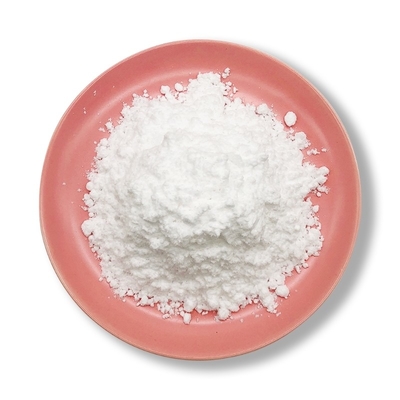1. who are we?
We are based in Guangdong, China, start from 2021,sell to North America(25.00%),South America(25.00%),Central America(25.00%),Eastern Europe(5.00%),Southeast Asia(5.00%),Mid East(5.00%),Western Europe(5.00%),Northern Europe(5.00%). There are total about 101-200 people in our office.
2. how can we guarantee quality?
Always a pre-production sample before mass production;
Always final Inspection before shipment;
3.what can you buy from us?
btms50,80532-66-7,288573-56-8,5413-05-8,5449-12-7 ,
4. why should you buy from us not from other suppliers?
Our products are of high quality and competitive price, and we are highly recognized by our customers with high quality materials and excellent service.We are willing to work together with our business partners.
5. what services can we provide?
Accepted Delivery Terms: FOB,CFR,CIF,EXW,FAS,CIP,FCA,CPT,DEQ,DDP,DDU,Express Delivery,DAF,DES;
Accepted Payment Currency:USD,EUR,JPY,CAD,AUD,HKD,GBP,CNY,CHF;
Accepted Payment Type: T/T,L/C,D/P D/A,MoneyGram,Credit Card,PayPal,Western Union,Cash,Escrow;
Language Spoken:English,Spanish,Japanese,Portuguese,German,Arabic,French,Russian,Korean,Hindi,Italian

 Your message must be between 20-3,000 characters!
Your message must be between 20-3,000 characters! Please check your E-mail!
Please check your E-mail!  Your message must be between 20-3,000 characters!
Your message must be between 20-3,000 characters! Please check your E-mail!
Please check your E-mail!






